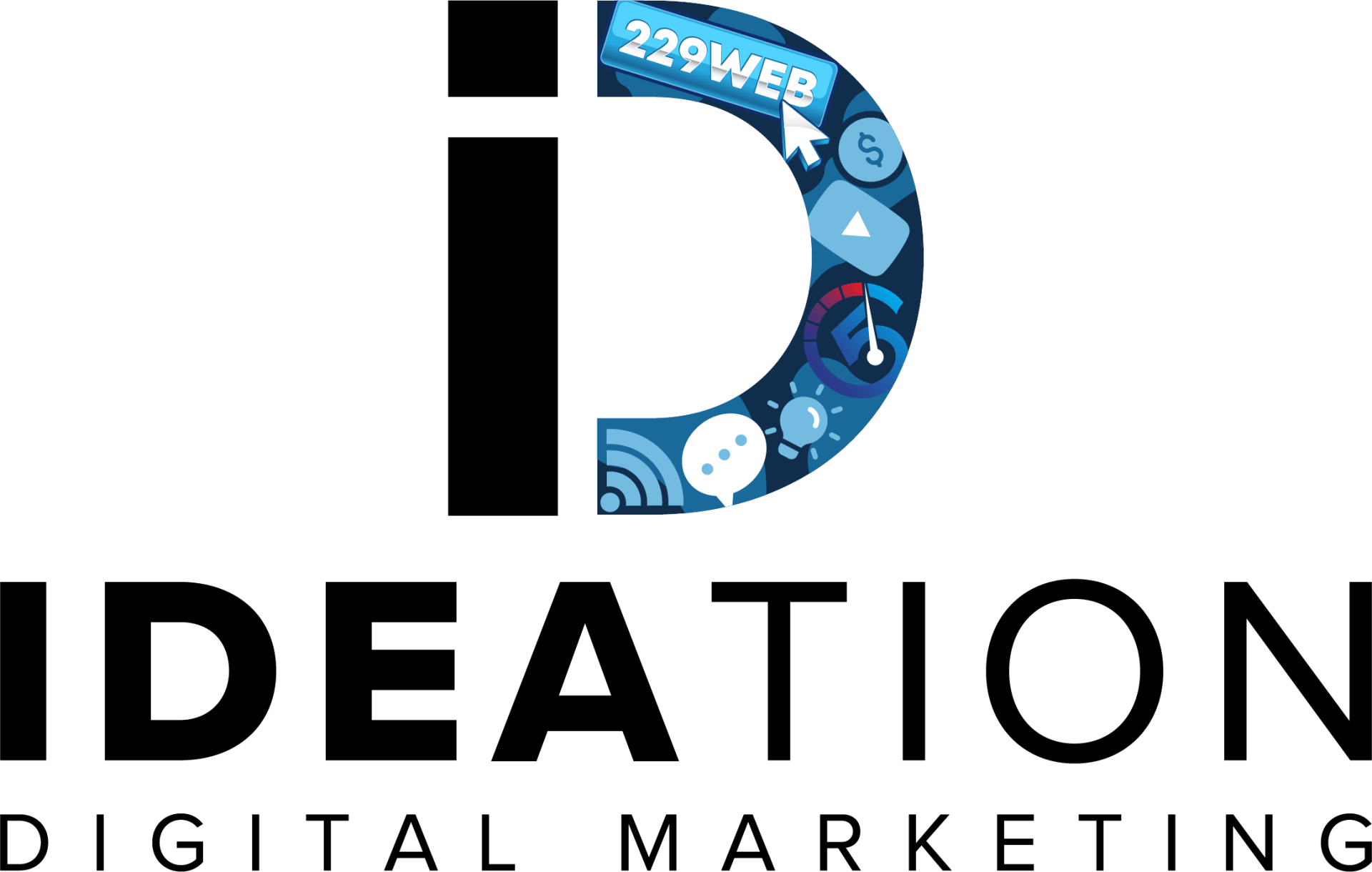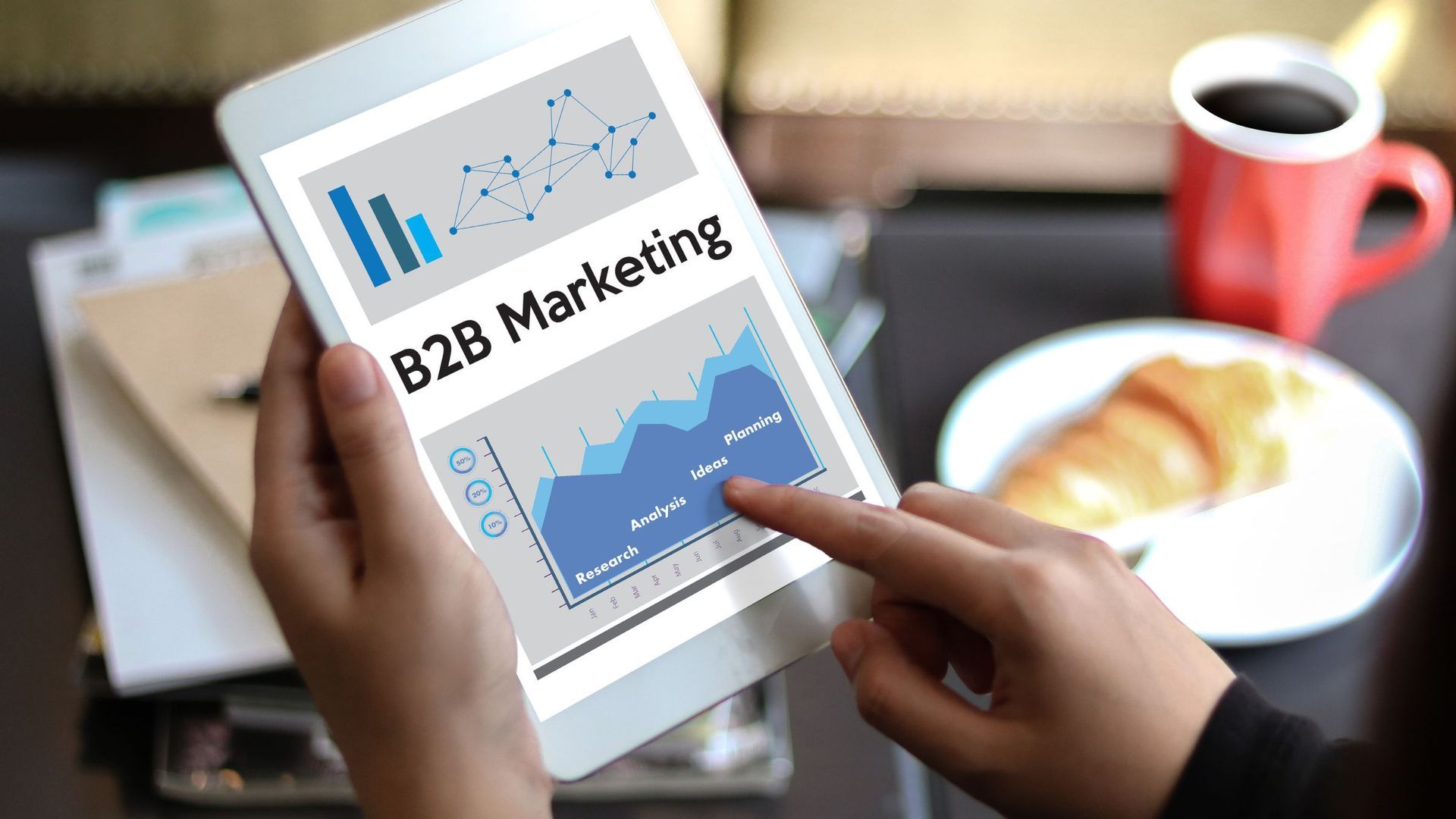222 Capitol Street, Suite 522
Charleston, WV 25301

Email Marketing Metrics That Actually Matter
In the fast-paced realm of digital marketing, understanding the efficacy of your email campaigns is paramount. Yet, with a plethora of metrics available, focusing on those that truly drive success can make all the difference. Welcome to "Email
Marketing Metrics That Actually Matter," where we delve into the key indicators that illuminate the performance and impact of your email efforts. Beyond the sheer volume of emails sent, this blog explores metrics like open rates, click-through rates (CTRs), conversion rates, and unsubscribe rates. These metrics not only gauge engagement but also provide actionable insights into audience preferences and campaign effectiveness. By honing in on these vital metrics, marketers can optimize content, timing, and targeting strategies to enhance overall campaign performance and achieve tangible business goals. Stay tuned to discover how mastering these metrics can elevate your email marketing strategies to new heights of success.
Conversion Rate: The Ultimate Metric for ROI
In the dynamic landscape of digital marketing, amidst metrics like click-through rates (CTR) and impressions, one metric stands out as the ultimate measure of success: Conversion Rate. Conversion Rate (CR) measures the percentage of users who take a desired action, such as making a purchase, filling out a form, or signing up for a newsletter, out of the total number of visitors to a website or landing page. It directly translates user engagement into tangible business outcomes, making it a pivotal indicator of Return on Investment (ROI) in any marketing campaign.
Understanding Conversion Rate
At its core, Conversion Rate provides a clear indication of how effective your marketing efforts are in persuading users to take action. Whether your goal is to boost online sales, generate leads, or increase subscribers, tracking CR allows marketers to quantify success beyond mere traffic metrics. For instance, a high CR signifies that your website or landing page is successfully guiding visitors through the sales funnel, while a low CR prompts a closer look into potential barriers or opportunities for improvement.

Importance of Conversion Rate Optimization (CRO)
Optimizing Conversion Rates through strategic tweaks in design, content, and user experience can yield substantial improvements in ROI. By analyzing user behavior, A/B testing variations, and implementing data-driven insights, marketers can refine their approach to better align with audience preferences and motivations. CRO empowers businesses to maximize the value of each visitor, ultimately driving revenue growth without increasing advertising spend.
Aligning CR with Business Goals
Effective CR management involves aligning metrics with broader business objectives. For example, an e-commerce platform might prioritize checkout completions, while a SaaS company may focus on trial sign-ups. By setting specific goals and tracking corresponding CRs, marketers can measure progress towards achieving these objectives and adjust strategies accordingly.
CR and Customer Journey Mapping
Understanding the customer journey is crucial in optimizing Conversion Rates. By mapping out touchpoints and identifying key decision-making stages, marketers can tailor messaging and offers to address user needs at each phase. This personalized approach not only enhances user experience but also increases the likelihood of conversions by delivering timely and relevant content.
The Role of Content in CR
Compelling content plays a pivotal role in driving conversions. Whether through engaging copywriting, informative product descriptions, or persuasive calls-to-action (CTAs), content serves as the primary conduit for influencing user behavior. By crafting content that resonates with target audiences and addresses pain points, marketers can foster trust, build credibility, and ultimately encourage action.
The Impact of Email Deliverability on Metrics
Email deliverability is the cornerstone of successful email marketing campaigns. It refers to the ability of an email to reach the recipient's inbox rather than being flagged as spam or bounced. While metrics like open rates and click-through rates (CTRs) are crucial for measuring engagement, they heavily rely on emails actually reaching subscribers' inboxes. In this blog post, we will explore how email deliverability impacts these key metrics and strategies to improve deliverability for better campaign performance.
Understanding Email Deliverability
Email deliverability is influenced by various factors such as sender reputation, email content quality, subscriber engagement, and technical aspects like SPF (Sender Policy Framework) and DKIM (DomainKeys Identified Mail) authentication. It determines whether your emails are successfully delivered to the intended recipients' inboxes or end up in spam folders or get bounced.
Impact on Open Rates
High deliverability directly correlates with higher open rates. When emails land in the inbox, subscribers are more likely to see and open them, thus increasing the chances of engagement. Conversely, poor deliverability leads to emails being missed or ignored, impacting open rates negatively.

Influence on Click-Through Rates (CTRs)
Emails that are successfully delivered and opened are more likely to generate clicks on links or CTAs within the email. Therefore, improving deliverability not only boosts open rates but also enhances CTRs by ensuring more opportunities for subscribers to interact with your content.
Decrease in Bounce Rates
Enhanced deliverability reduces bounce rates, which are categorized as either hard bounces (permanent delivery failures) or soft bounces (temporary delivery issues). Lower bounce rates indicate better list hygiene and sender reputation, contributing to improved email performance metrics overall.
Subscriber Engagement and Conversion Rates
Email deliverability plays a crucial role in maintaining subscriber engagement levels. Higher engagement, driven by improved deliverability, leads to increased conversion rates as subscribers are more likely to take desired actions such as making purchases or signing up for events promoted through email campaigns.
Segmentation and Its Influence on Email Metrics
Segmentation is a powerful strategy in email marketing that involves dividing your subscriber list into smaller, targeted groups based on specific criteria such as demographics, behaviors, or preferences. By sending more relevant content to each segment, marketers can significantly impact key email metrics.
- Improved Engagement: Segmented emails result in higher open rates, click-through rates (CTRs), and overall engagement compared to non-segmented campaigns.
- Higher Conversion Rates: When emails are personalized to meet the needs and interests of each segment, subscribers are more likely to convert, leading to increased sales and ROI.
- Reduced Unsubscribe Rates: Relevant content reduces the likelihood of subscribers opting out of your emails, leading to a healthier and more engaged subscriber base.
- Enhanced Customer Loyalty: By addressing the unique preferences and behaviors of different segments, you can strengthen relationships with subscribers and foster long-term loyalty.
Conclusion
Understanding and leveraging the right email marketing metrics can significantly impact your digital marketing efforts. By focusing on metrics like open rates, click-through rates, conversion rates, and subscriber engagement, businesses can gain valuable insights into the effectiveness of their email campaigns. These metrics not only indicate the performance of individual campaigns but also help in refining strategies for better audience engagement and ROI. Moreover, tracking these metrics over time allows businesses to adapt their email marketing strategies to changing consumer behaviors and market trends, ensuring sustained success in reaching and converting their target audience.
If you have any questions about how to interpret or improve your email marketing metrics, feel free to reach out to us at Ideation Digital Marketing. Located in Charleston, WV, our team specializes in crafting data-driven digital marketing strategies tailored to enhance your brand's online presence and drive meaningful results. Contact us today at (304) 814-2445 or visit our website for more information on how we can assist you in optimizing your email marketing efforts.

Main Office
222 Capitol Street, Suite 522
Charleston, WV 25301
other offices
48 1/2 Second Ave, Williamson, WV 25661
20 Clinch Mountain Ave, Lebanon, VA 24266,
Contact
DIGITAL MARKETING SERVICES
All Rights Reserved | Ideation Digital
Private Policy
All Rights Reserved | Ideation Digital












